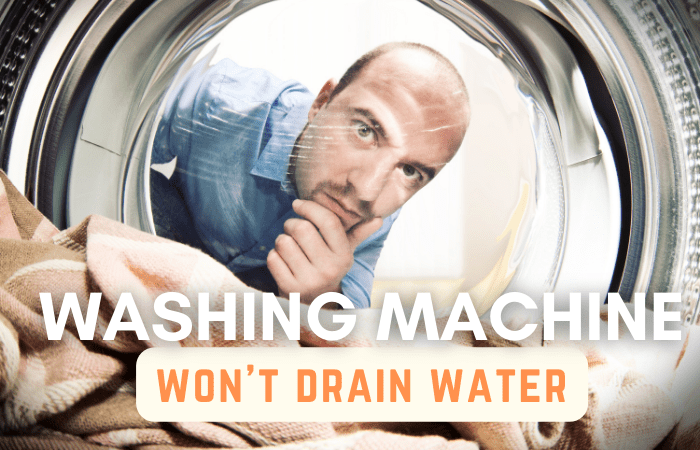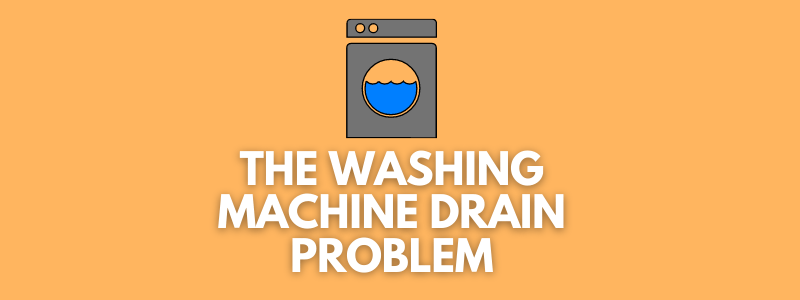Table of Contents
Last Updated on: 21st April 2023, 08:16 pm
There are more than one ways to fix the washing machine drainage problem. It could be the drainage pipe or clogging issue that might be causing this problem. However, the first step is always the same; you must first figure out where the problem is. Once you find the problem, you could easily fix it or hire someone to fix it.
No doubt, a washing machine does help wash our clothes without putting in a lot of effort, but things get difficult if the washing machine doesn’t drain water.
Fixing a washing machine’s drainage is a rather important yet uninteresting topic for most readers. However, if you’re going through a washing machine drainage issue, you might find this article quite helpful.
Let’s dive deep right into it.
No matter how cheap or expensive your washing machine is, the fundamental premise stays the same: when you press the “Start” button, the water in the drum begins to flow into it. When the wash cycle is completed, the drum drains out the used water.
Similarly, to wash the clothes, the drum is filled with clean water that is used to rinse the clothes in the spin tub.
Once you’re done with the wash, you lift the lid of your washing machine and take out the clothes. If you have one of those latest washing machines from Samsung that have a built-in dryer, then it would dry out the clothes after the wash. Moreover, the latest Samsung washing machines also have eco tub clean mode to clean up the washer drum.
In the meantime, you’d notice that the machine would drain out the used water through the drainage pipe.

If you’re noticing problems with the drainage, then take a look at the following possibilities and how to fix them:
Check beneath the washer for the drainpipe
Check if any kinked or bent pipes are preventing water from flowing freely. In this situation, simply straightening the pipe may be sufficient. After removing the hose from the drain and, if necessary, unscrewing it with a clamp and dispose of it.
Make sure that it is not clogged with debris
Inspect the hose to ensure it is clean and free of clothing or soap residue. Remove the hose clip and thoroughly inspect the tub for any problems. Before reconnecting the hose with pliers, any obstructions must be removed from the hose.
Investigate the drain to see if there are any obstacles that extend deeper into the drain
Drain cleaning tools such as plumber’s snakes are frequently used to clear obstructions from drain lines and other locations, even when the drains are clear.
Check to see if the pump in the washing machine is functioning properly
Attempt to repair the washing machine pump only after you have ruled out clogs and damaged impellers, as well as worn-out belts and leaking gaskets. Strange noises originating from a washing machine usually indicate a problem with the pump, but leaks can also be a sign of a problem with the pump. It is necessary to get your pump replaced or fixed by a competent expert if it malfunctions.
Find the drain vent on the washing machine and close it
By enabling air to enter the machine, a drain vent prevents a vacuum from forming, which might clog the machine’s drain and cause it to create a blockage. Try finding the drain vent on the washing machine and closing it.

